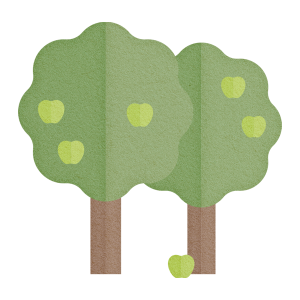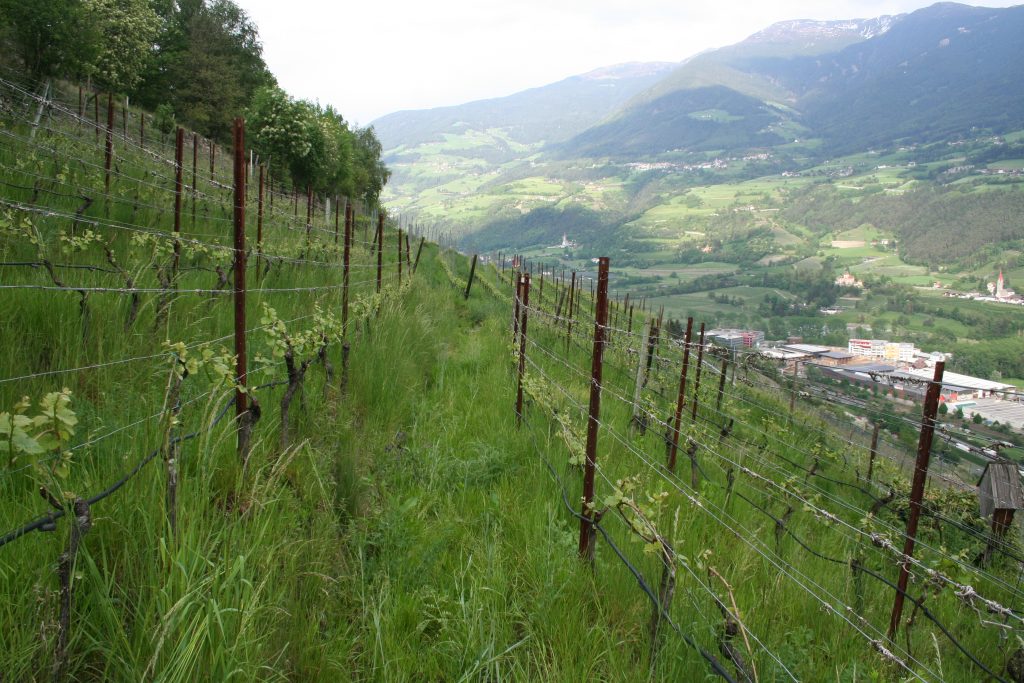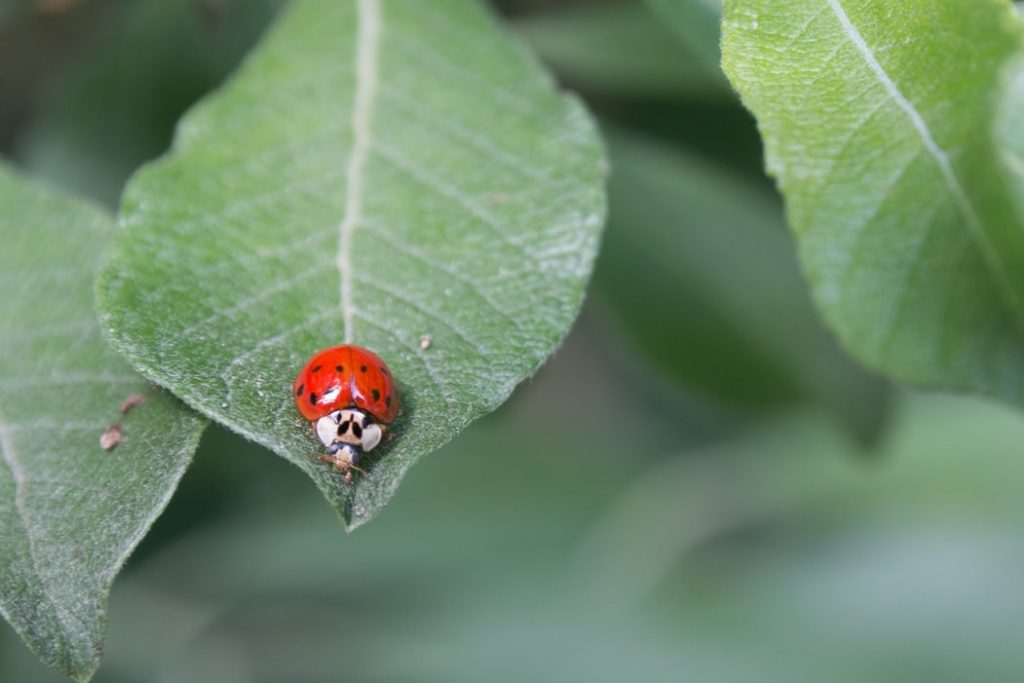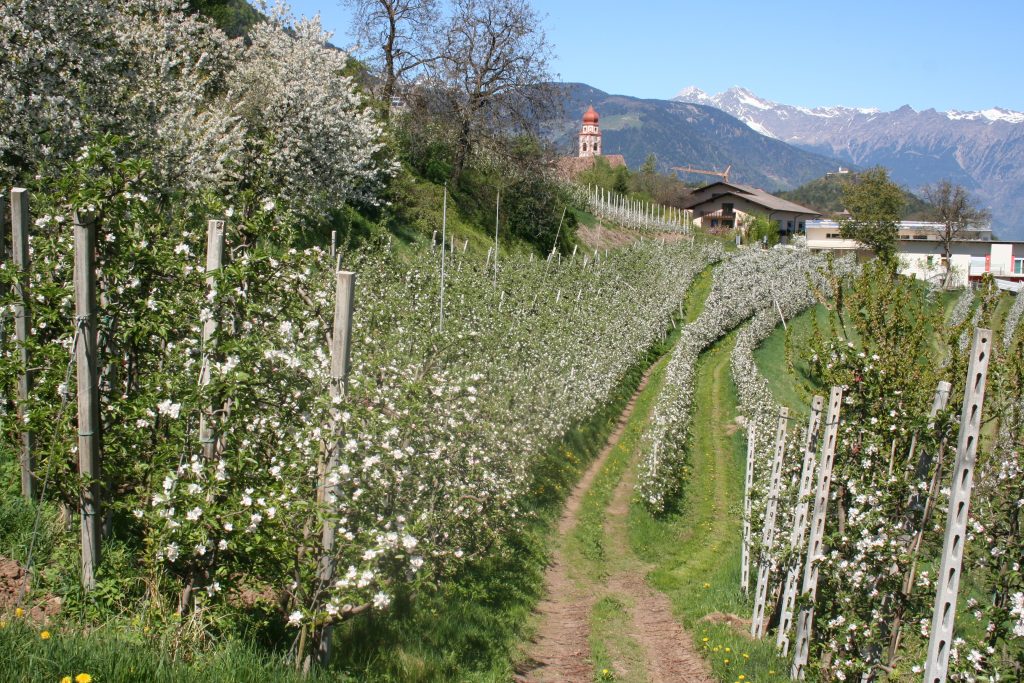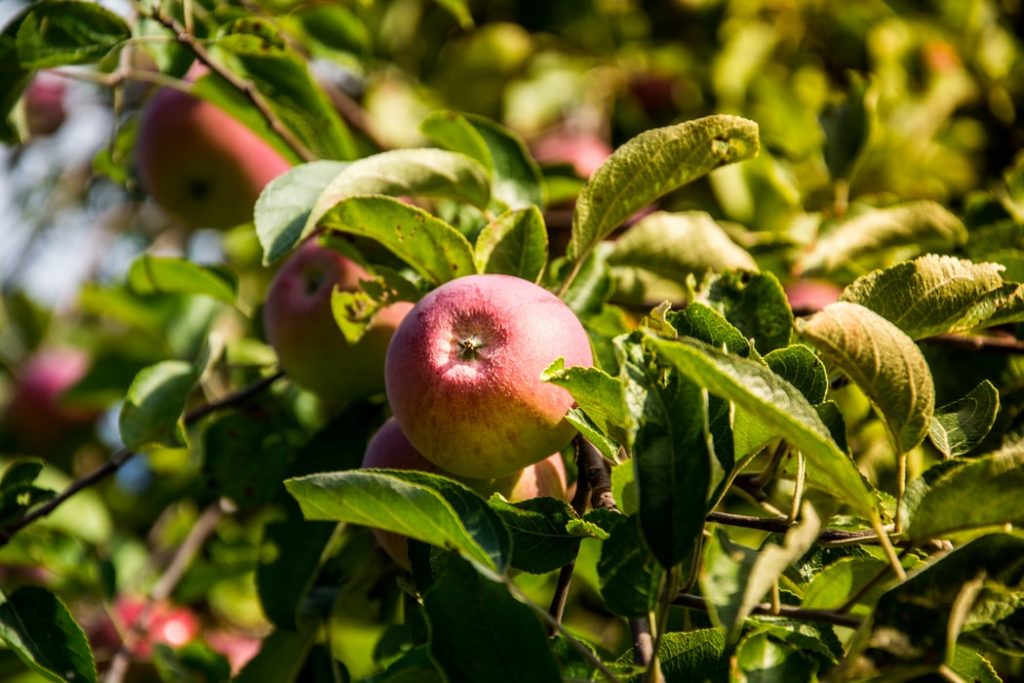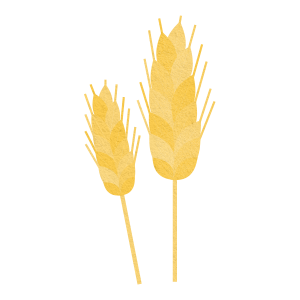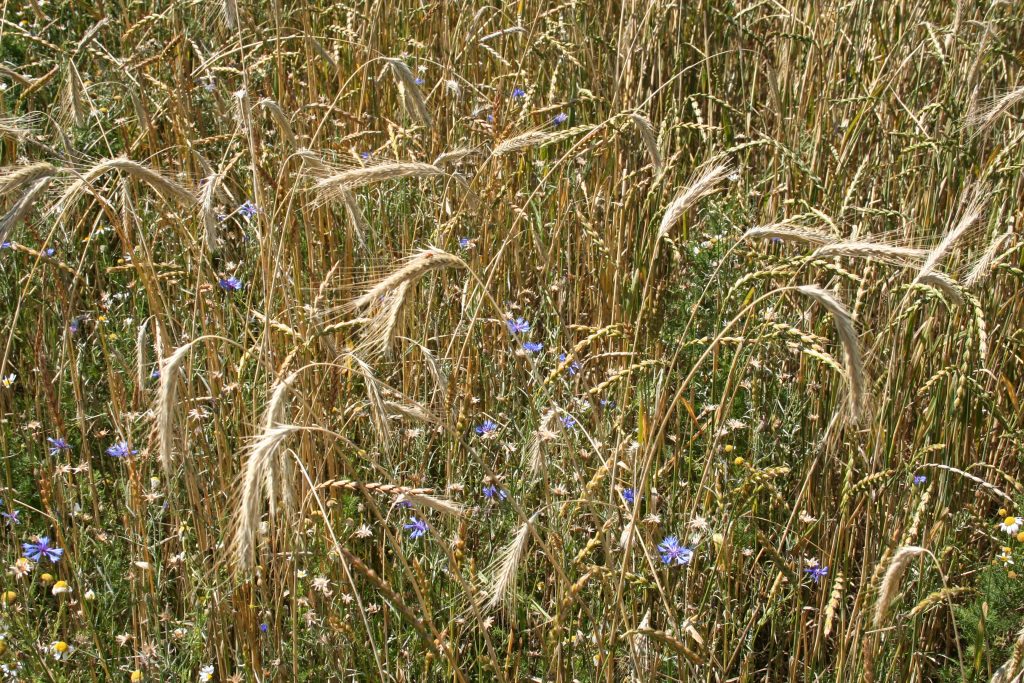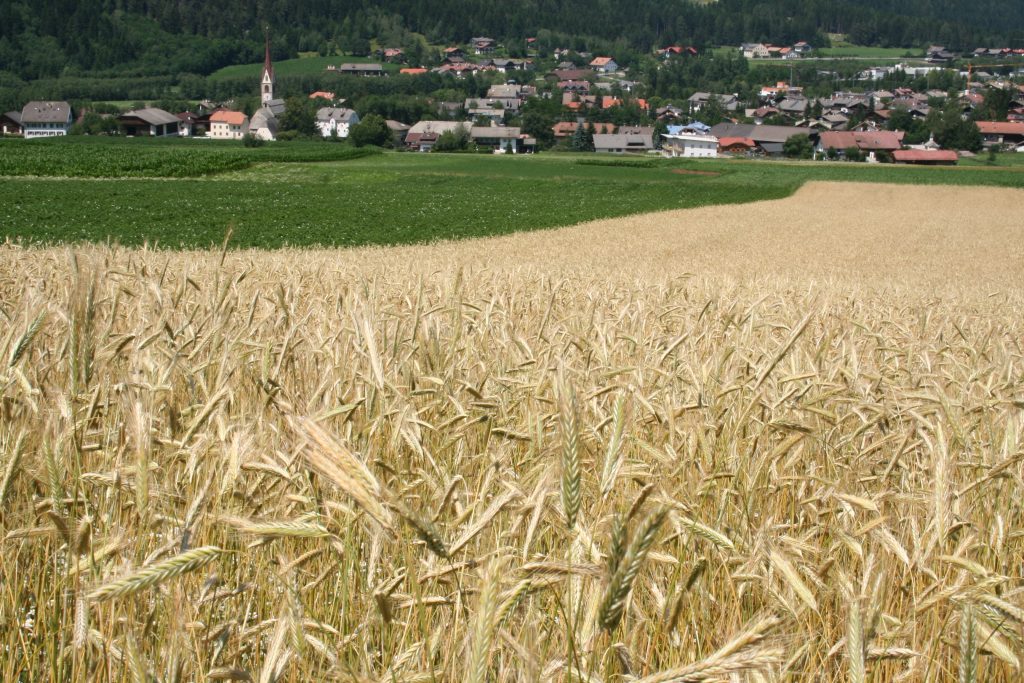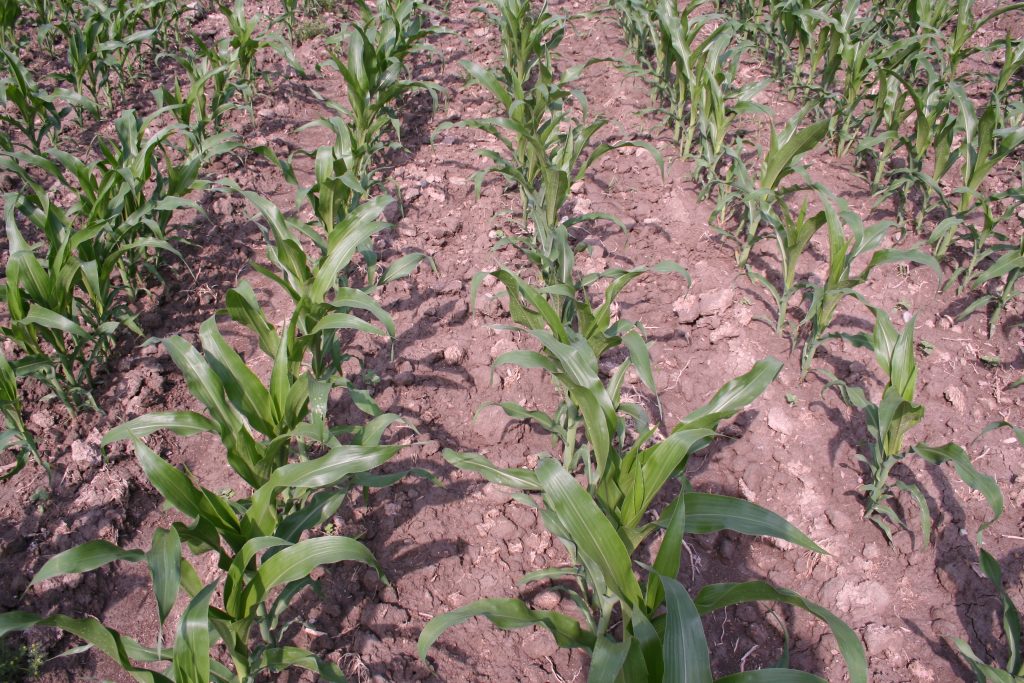Permanent crops and arable land
Besides livestock breeding, South Tyrol’s food production is based on the cultivation of field crops, fruit and wine. Fruit and wine cultivation characterises the lower parts of the valley and side slopes in the Adige and Isarco valleys. In higher-lying valley areas, on the other hand, vegetables or cereals are more commonly grown.
All these forms of cultivation also produce very specific habitats and possess a characteristic spectrum of animal and plant species. Over the last fifty years, there have been major changes in the way they are managed. As a result, our knowledge of the current flora and fauna of these habitats is generally poor.
At the same time, perennial crops in particular are often the subject of intensive discussions with regard to their ecological sustainability.
With Biodiversity Monitoring South Tyrol we therefore included a broad range of sites representing areas for apple, wine and field crop production.

